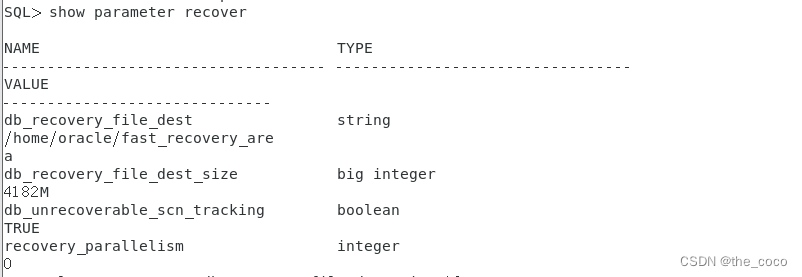1 torch.rand:构造均匀分布张量
torch.rand是用于生成均匀随机分布张量的函数,从区间[0,1)的均匀分布中随机抽取一个随机数生成一个张量,其调用方法如下所示:
torch.rand(sizes, out=None) ➡️ Tensor参数:
sizes:用于定义输出张量的形状
示例代码:
import torch
# 生成一个每个元素服从0-1均匀分布的4行3列随机张量
random_tensor = torch.rand(4, 3)
print('tensor:', random_tensor)
print('type:', random_tensor.type())
print('shape:', random_tensor.shape)运行代码显示:
tensor: tensor([[0.4349, 0.8567, 0.7321],
[0.4057, 0.0222, 0.3444],
[0.9679, 0.0980, 0.8152],
[0.1998, 0.7888, 0.5478]])
type: torch.FloatTensor
shape: torch.Size([4, 3])2 torch.randn:构造标准正态分布张量
torch.randn()是用于生成正态随机分布张量的函数,从标准正态分布中随机抽取一个随机数生成一个张量,其调用方法如下所示:
torch.randn(sizes, out=None) ➡️ Tensor参数:
sizes:用于定义输出张量的形状
示例代码:
import torch
# 生成一个每个元素均为标准正态分布的4行3列随机张量
random_tensor = torch.randn(4, 3)
print('tensor:', random_tensor)
print('type:', random_tensor.type())
print('shape:', random_tensor.shape)运行代码显示:
tensor: tensor([[ 0.7776, 0.6305, 0.1961],
[ 0.1831, -0.4187, 0.1245],
[ 0.3092, -1.0463, -0.6656],
[-1.0098, 1.3861, -0.2600]])
type: torch.FloatTensor
shape: torch.Size([4, 3])3 torch.randn_like:构造与输入形状相同正态分布张量
torch.randn_like()用于生成一个与输入张量大小相同的张量,其中填充了均值为 0 方差为 1 的正态分布的随机值,其调用方法如下所示:
torch.randn_like(input_tensor, dtype=None, layout=None, device=None, requires_grad=False) ➡️ Tensor参数:
input_tensor(必需)- 其大小将用于生成输出张量的输入张量。
dtype(可选)- 输出张量所需的数据类型。默认为None,这意味着将使用输入张量的数据类型。
layout(可选)- 输出张量所需的内存布局。默认为None,这意味着将使用输入张量的内存布局。
device(可选)- 输出张量所需的设备。默认为None,这意味着将使用输入张量的设备。
requires_grad(可选)- 输出张量是否应该在反向传播期间计算其梯度。默认为False。
示例代码:
import torch
# 生成一个每个元素均为标准正态分布的4行3列随机张量
tensor_x = torch.randn(4, 3)
tensor_y = torch.randn_like(tensor_x)
print('tensor_x:', tensor_x)
print('type:', tensor_x.type())
print('shape:', tensor_x.shape)
print('tensor_y:', tensor_y)
print('type:', tensor_y.type())
print('shape:', tensor_y.shape)运行代码显示:
tensor_x: tensor([[ 5.5292e-01, 6.5111e-01, -6.0329e-04],
[ 1.0402e+00, -7.4630e-01, 7.5701e-01],
[ 8.8160e-02, -1.2581e+00, -1.8089e-01],
[-4.2769e-01, -8.5043e-01, -5.8388e-01]])
type: torch.FloatTensor
shape: torch.Size([4, 3])
tensor_y: tensor([[ 0.2308, 0.3297, -0.6633],
[ 1.7389, 0.6372, -1.1069],
[-0.2415, -0.8585, 0.3343],
[-1.2581, -0.5001, 0.0317]])
type: torch.FloatTensor
shape: torch.Size([4, 3])4 torch.randint:构造区间分布张量
torch.randint()是用于生成任意区间分布张量的函数,从标准正态分布中随机抽取一个随机数生成一个张量,其调用方法如下所示:
torch.randint(low=0, high, sizes, out=None) ➡️ Tensor参数:
low~high:随机数的区间范围sizes:用于定义输出张量的形状
示例代码:
import torch
# 生成一个每个元素均为[1-10]均匀分布的4行3列随机张量
tensor_int = torch.randint(1, 10, (4, 3))
print('tensor_int:', tensor_int)
print('type:', tensor_int.type())
print('shape:', tensor_int.shape)
运行代码显示:
tensor_int: tensor([[1, 7, 1],
[3, 8, 7],
[5, 2, 1],
[5, 3, 6]])
type: torch.LongTensor
shape: torch.Size([4, 3])5 torch.randperm:根据生成的随机序号对张量进行随机排序
torch.randint()是用于对张量序号进行随机排序的函数,根据生成的随机序列进行随机排序,其调用格式如下所示:
torch.randperm(n, out=None, dtype=torch.int64) ➡️ LongTensor参数:
n:一个整数,可以理解为张量某个方向的维度dtype:返回的数据类型(torch.int64)
示例代码:
import torch
# 生成一个0~3的随机整数排序
idx = torch.randperm(4)
# 生成一个4行3列的张量
tensor_4 = torch.Tensor(4, 3)
# 为了方便对比,首先输出tensor_4的结果
print("原始张量\n", tensor_4)
# 下面输出随机生成的行序号
print("\n生成的随机序号\n", idx)
# 下面的指令实现了在行的方向上,对tensor_4进行随机排序,并输出结果
print("\n随机排序后的张量\n", tensor_4[idx])运行代码显示:
原始张量
tensor([[0., 0., 0.],
[0., 0., 0.],
[0., 0., 0.],
[0., 0., 0.]])
生成的随机序号
tensor([3, 0, 2, 1])
随机排序后的张量
tensor([[0., 0., 0.],
[0., 0., 0.],
[0., 0., 0.],
[0., 0., 0.]])
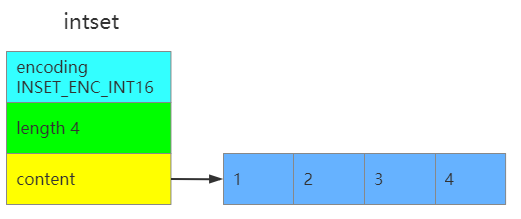

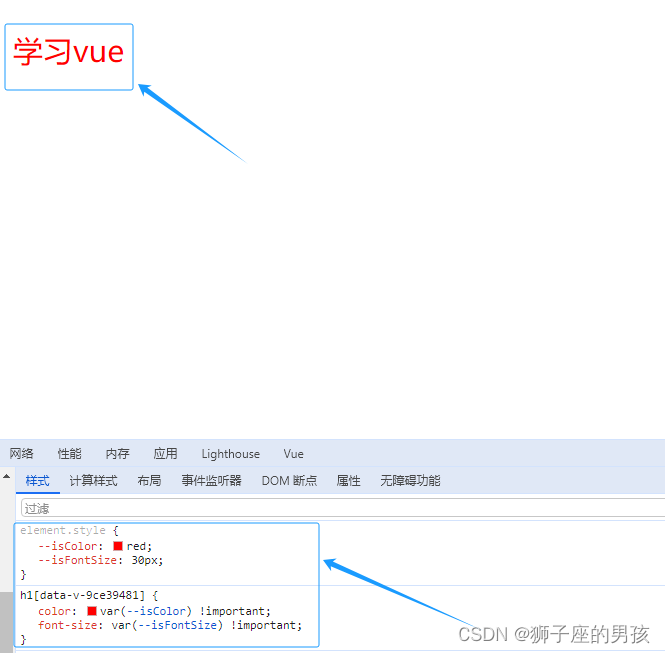


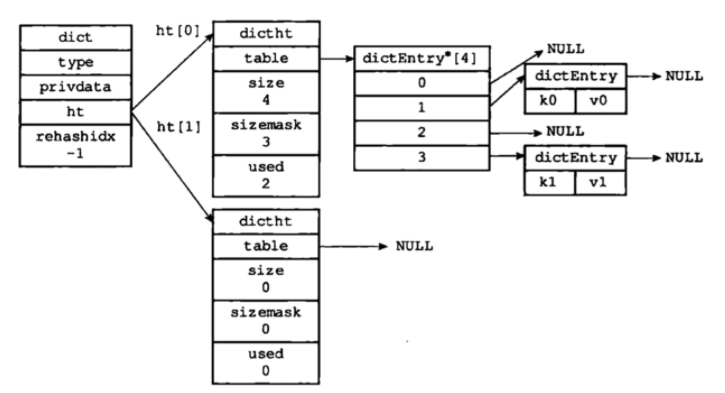




















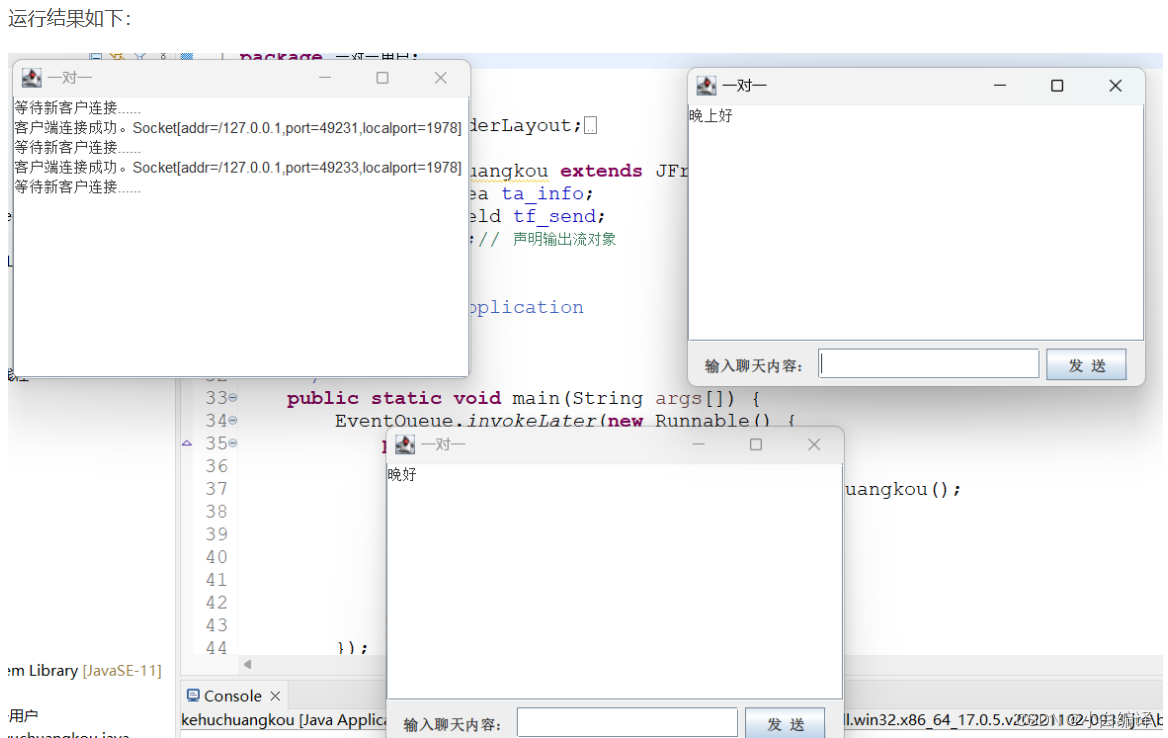
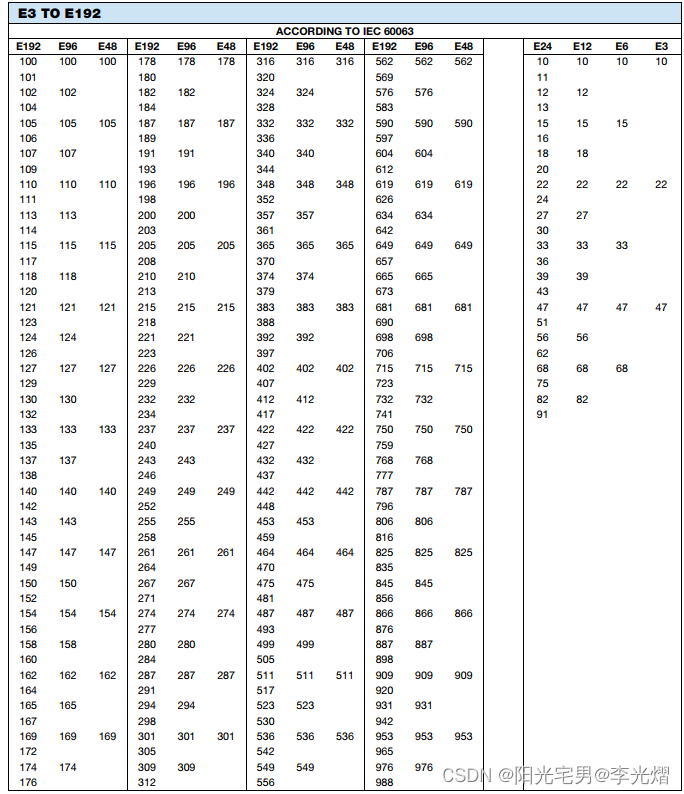
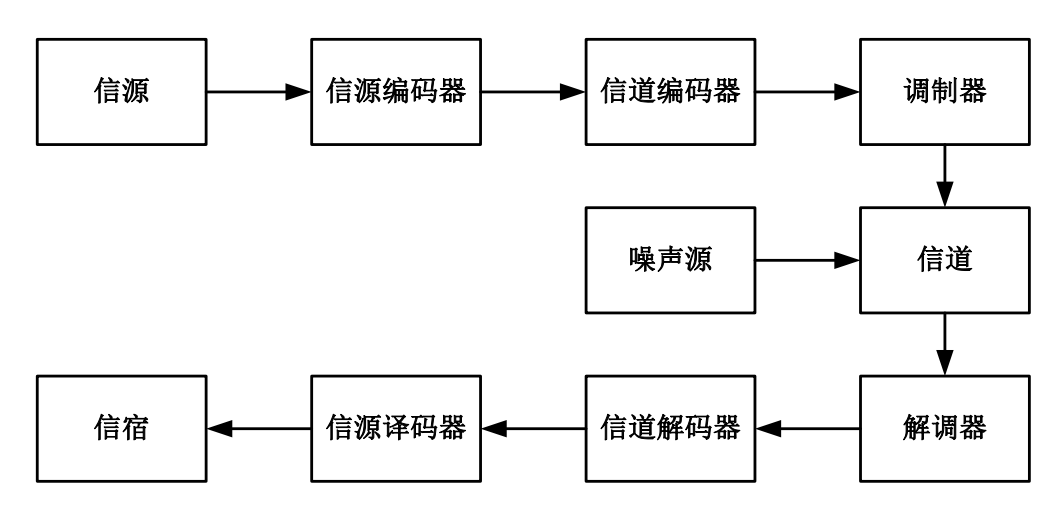



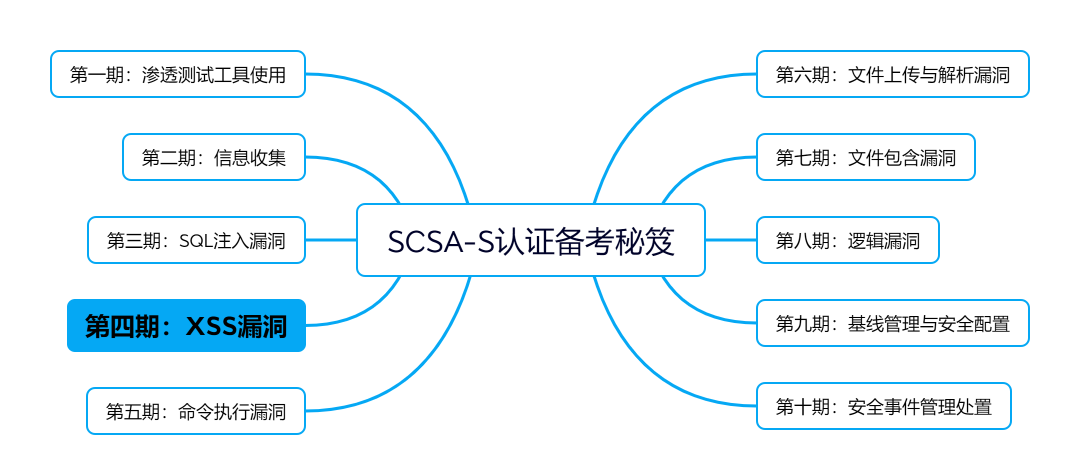

![[每周一更]-(第76期):Go源码阅读与分析的方式](https://img-blog.csdnimg.cn/direct/8dc0a8cc00dd417496b2d9778712bccb.jpeg#pic_center)






